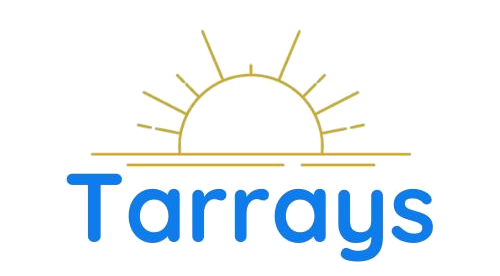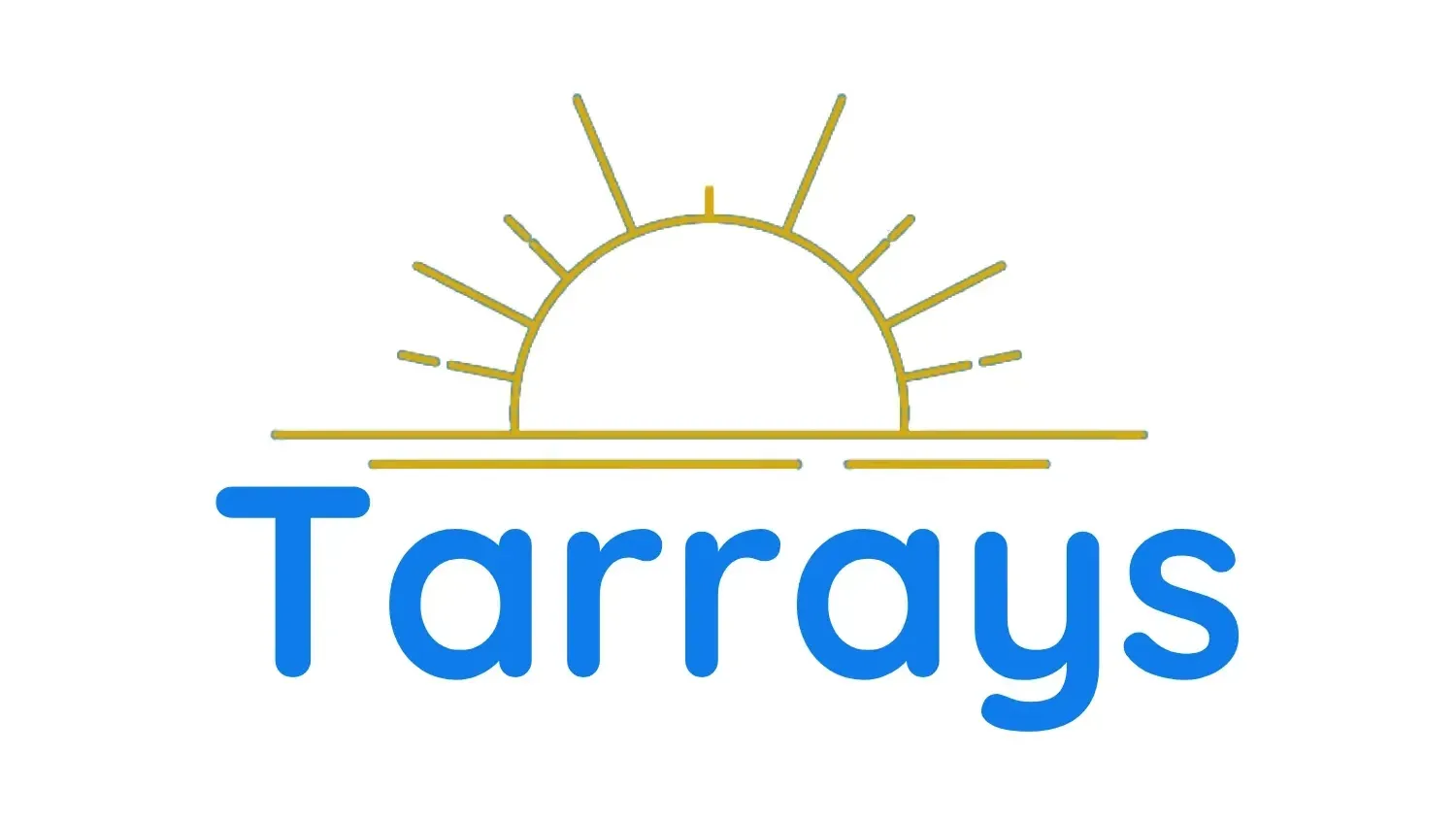Collaborative Partnerships: How Aged Care Facilities Can Work with Staffing Agencies to Meet Community Needs
As the ageing population continues to grow, the demand for high-quality care escalates proportionally, highlighting how aged care facilities can work with staffing agencies to meet community needs effectively. This collaboration between aged care providers and staffing agencies, particularly within the framework of Australian workforce recruitment, offers a strategic advantage in addressing the complexities of providing consistent and compassionate care. The significance of these partnerships cannot be overstated, as they play a critical role in maintaining a resilient healthcare system that can adapt to the dynamic needs of the elderly population.
This article will explore the pivotal role of staffing agencies in aged care, uncovering the many benefits of forming collaborative partnerships. It will guide through the steps to establishing effective partnerships, enhanced by real-world case studies of successful collaborations. These discussions aim to provide aged care facilities with actionable insights on leveraging Australian workforce recruitment channels for not only meeting but exceeding community expectations. By the conclusion, readers will be equipped with a comprehensive understanding of fostering productive relationships between aged care facilities and staffing agencies, ensuring the highest standards of care are consistently delivered.
Understanding the Role of Staffing Agencies in Aged Care
Staffing agencies play a pivotal role in aged care by providing tailored staffing solutions that meet the unique needs of each facility. They ensure the right blend of skills and personalities are available to address the diverse health requirements of residents, such as those needing specialised dementia care.
Why Collaborations Matter
Collaborative partnerships with staffing agencies allow aged care facilities to maintain high-quality care and manage workforce demands efficiently. These collaborations help in reducing overhead costs, ensuring continuity of care, and improving job satisfaction among staff. Such strategic alliances are crucial in a sector where emotional strain and high turnover rates are prevalent challenges.
Types of Staffing Solutions Offered
Aged care facilities benefit from a variety of staffing options offered by agencies, including permanent, contract, and casual roles. This flexibility is vital for addressing unexpected staff shortages and maintaining high standards of care. Agencies provide skilled personnel ranging from registered nurses to non-clinical support staff, ensuring comprehensive care and operational efficiency at all times.
Benefits of Collaborative Partnerships
Improved Quality of Care
Collaborative partnerships between aged care facilities and staffing agencies ensure access to qualified, compassionate professionals who are well-versed in delivering high-quality care. These agencies provide rigorous candidate screening and customised staffing solutions, which are crucial for meeting the specific needs of residents, enhancing the overall standard of care provided.
Operational Efficiency
By partnering with staffing agencies, aged care facilities can streamline their recruitment processes, saving valuable time and resources. This collaboration supports workforce planning and offers flexible staffing solutions that adapt to the changing needs of the facility, thereby improving operational efficiency.
Enhanced Employee Training and Retention
Staffing agencies contribute significantly to employee training and retention by offering continuous professional development opportunities. Facilities benefit from specialised training programs that enhance the skills and knowledge of their workforce, leading to better care outcomes and increased job satisfaction among staff. This strategic approach not only bolsters the workforce but also ensures a higher retention rate within the sector.
Steps to Establishing Effective Partnerships
Identifying the Right Partners involves selecting agencies with industry-specific experience and a strong reputation. Facilities should look for staffing agencies that specialise in aged care, evidenced by positive reviews and successful case histories. It is crucial to ensure these agencies have sufficient resources to meet staffing demands and are committed to the aged care sector.
Creating Mutually Beneficial Agreements requires clear communication and understanding of each party's expectations. Agreements should outline roles, responsibilities, and the scope of services provided, ensuring both the facility's needs and the agency's capabilities are aligned.
Ongoing Evaluation and Improvement are essential to adapt to changing needs and ensure continuous quality care. Facilities should regularly assess the partnership's effectiveness, soliciting feedback from staff and using it to refine and improve the collaboration process. This proactive approach helps maintain high standards and supports the evolving requirements of aged care.
Case Studies of Successful Collaborations
Case Study 1: Customised Staffing Solutions
Aged care facilities have greatly benefited from customised staffing solutions, particularly in managing unique resident needs. For instance, a facility with a high number of dementia patients utilised tailored staffing to ensure a suitable mix of skills, significantly enhancing resident satisfaction and care quality. This strategic approach not only improved the work environment but also boosted staff morale and job satisfaction, demonstrating the effectiveness of personalised staffing strategies in aged care.
Case Study 2: Training and Recruitment Programs
Effective training and recruitment programs have proven crucial in aged care. Facilities have engaged with local jobs programs and educational organisations to create training pathways, ensuring a steady pipeline of skilled workers. This collaboration has included comprehensive training for all staff, enhancing their ability to address specific health conditions like dementia, thereby aligning staff skills with the facility's operational needs and improving overall care standards.
Conclusion
Throughout the exploration of aged care facilities and staffing agencies' collaborative efforts, it becomes evident that such partnerships are instrumental in enhancing the quality of care for Australia's ageing population. By harmonising the unique strengths of staffing agencies with the specific needs of aged care facilities, a strategic alliance is formed, paving the way for improved operational efficiency, quality of care, and employee satisfaction. These partnerships not only cater to the dynamic demands of aged care but also establish a resilient structure capable of addressing unforeseen challenges and ensuring the wellbeing of the elderly community.
The significance of these collaborative efforts extends beyond immediate operational benefits, influencing the broader landscape of aged care by setting benchmarks for quality and efficiency. As facilities and agencies continue to navigate the complexities of delivering compassionate care, their combined efforts underscore the importance of adaptability, continuous improvement, and a commitment to excellence. Moving forward, fostering productive relationships between aged care facilities and staffing agencies remains crucial, not just in meeting but in exceeding the expectations of communities, ensuring every individual receives the highest standard of care.












